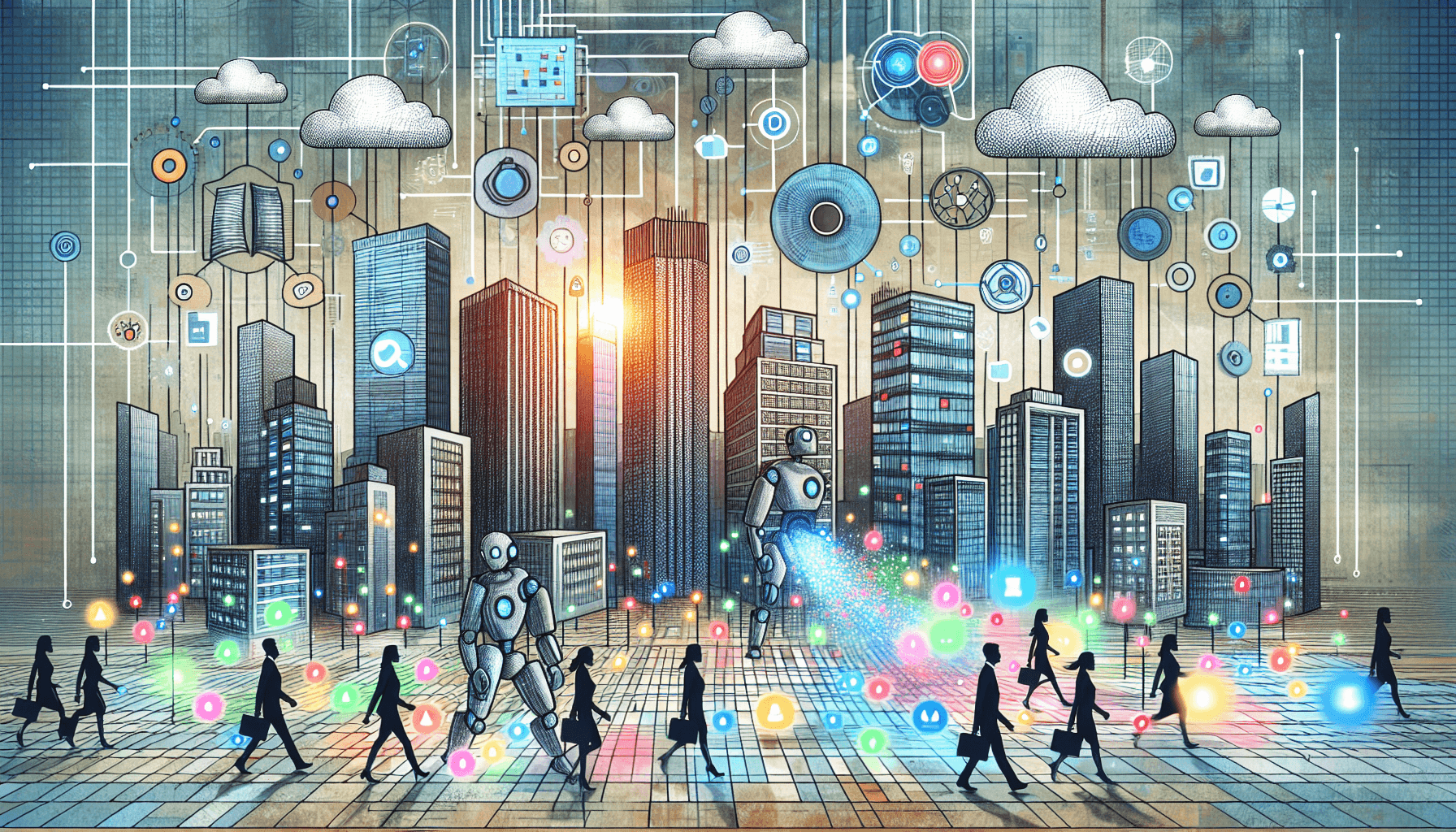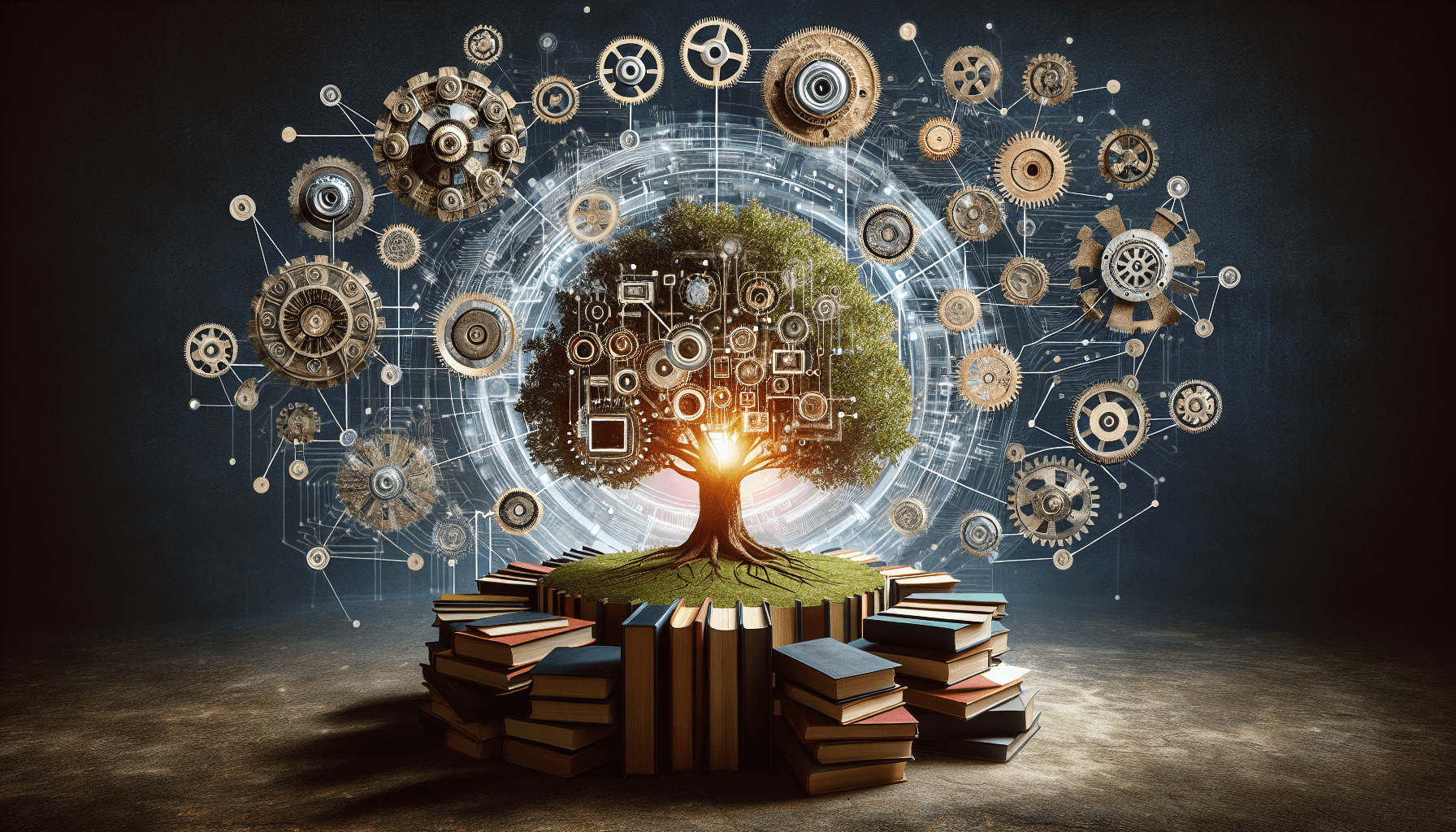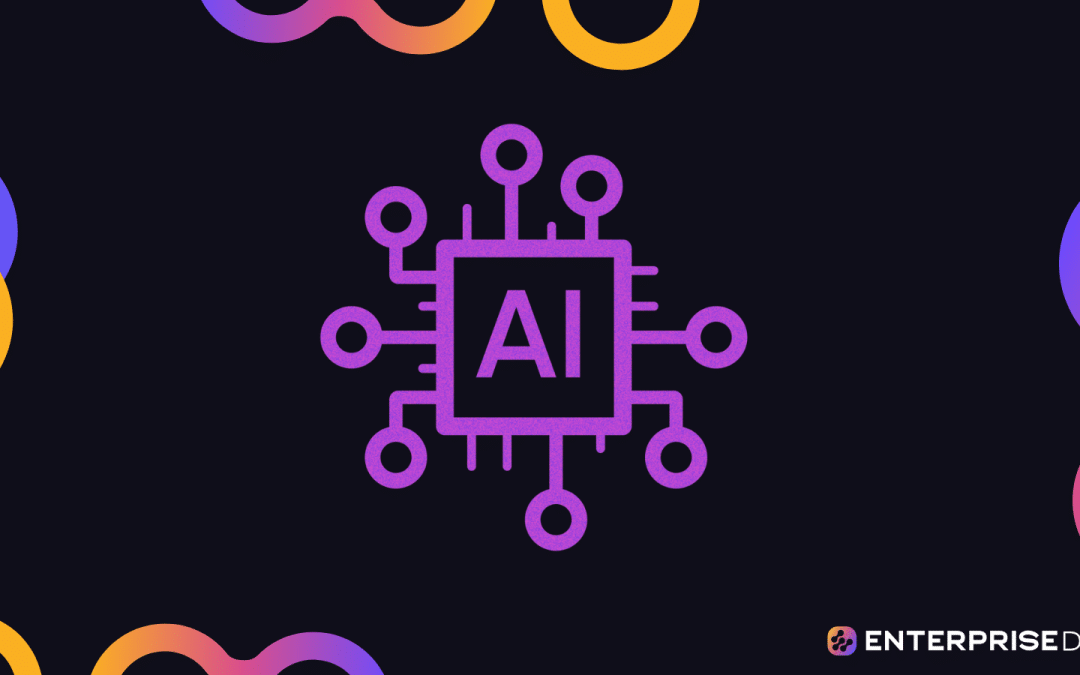Artificial Intelligence (AI) is revolutionizing the way we live, work, and learn.
As we enter the 21st century, AI is poised to transform learning environments in unprecedented ways.
Furthermore, the integration of AI in education promises to enhance personalized learning, automate administrative tasks, and improve student outcomes.
We believe that it will transform learning environments by:
- Personalizing Learning Experiences
- Automating Administrative Tasks
- Enhancing Student Outcomes
- Facilitating Lifelong Learning
In this article, we’ll explore the ways AI is reshaping the education landscape, and how educators, policymakers, and stakeholders can adapt to harness the full potential of this transformative technology.
Let’s dive in!
AI in Education

As a transformative technology, AI has the potential to enhance the learning experience, streamline administrative tasks, and improve student outcomes.
In the past, the implementation of AI in education was limited due to high costs, limited resources, and concerns about displacing human educators.
However, recent advancements in AI technology, along with the proliferation of online learning platforms, have accelerated its adoption in educational settings.
AI, a branch of computer science that focuses on creating intelligent machines, has the potential to significantly impact the learning environment in the 21st century.
Also, AI technologies, such as machine learning, natural language processing, and data analytics, can be leveraged to improve various aspects of education, from personalized learning to administrative tasks.
Now, let’s explore how AI is transforming education and its potential to reshape the learning landscape in the future.
1. Personalizing Learning Experiences

One of the most significant ways that AI is transforming the learning environment is through the personalization of learning experiences.
Traditional education models have often employed a one-size-fits-all approach, where all students receive the same curriculum, pace, and resources, regardless of their individual needs and learning styles.
This approach can be inefficient and may not cater to the diverse needs of students.
AI in education is changing this paradigm by enabling personalized learning. By analyzing vast amounts of data on individual student performance, AI can tailor educational content to the specific needs and abilities of each student.
This approach allows students to learn at their own pace, focus on areas where they need more help, and explore topics that interest them.
Adaptive learning platforms, powered by AI, can create a customized learning path for each student, ensuring that they receive the right level of challenge and support.
Furthermore, AI can provide immediate and continuous feedback to students, allowing them to track their progress and make adjustments in real-time.
This personalized approach can increase student engagement and improve learning outcomes. It can also help identify struggling students early on, allowing educators to intervene and provide targeted support.
With AI, the traditional classroom model is evolving into a dynamic, adaptive learning environment that can better meet the needs of every student.
2. Automating Administrative Tasks

AI is not only transforming the classroom but also the administrative side of education. Many of the tasks that have traditionally been time-consuming and labor-intensive can now be automated, thanks to AI technologies.
Administrative tasks, such as grading, scheduling, and record-keeping, can be streamlined with the help of AI, allowing educators to focus more on teaching and less on paperwork.
For example, AI-powered grading systems can quickly and accurately assess multiple-choice and even some open-ended questions, saving educators valuable time.
AI can also help in scheduling by optimizing class times and room assignments to ensure the most efficient use of resources.
Furthermore, AI can be used to analyze and predict student enrollment trends, helping educational institutions make more informed decisions about resource allocation and planning.
By automating these administrative tasks, AI can help reduce workload pressures on educators and administrators, allowing them to be more efficient and effective in their roles.
3. Enhancing Student Outcomes

AI is a powerful tool that can be used to enhance student outcomes in several ways.
One of the most significant benefits of AI is its ability to identify students who may be struggling. By analyzing data on student performance and behavior, AI can help educators identify at-risk students early on, allowing for timely interventions.
For example, an AI system may detect patterns in a student’s test scores, homework completion, and classroom participation that indicate a potential issue.
This early intervention can help prevent students from falling behind and improve overall student success rates.
Additionally, AI can provide personalized learning experiences by adapting the curriculum and resources to each student’s individual needs and learning style.
This can help students stay engaged and motivated, leading to better outcomes.
Furthermore, AI can provide students with immediate feedback on their work, allowing them to make corrections and learn from their mistakes more quickly.
This can help students develop a growth mindset and a deeper understanding of the material.
Overall, AI has the potential to enhance student outcomes by identifying at-risk students, providing personalized learning experiences, and offering immediate feedback.
Furthermore, these capabilities can help students stay engaged, motivated, and on track for success.
Now let’s look at the lifelong learning space.
4. Facilitating Lifelong Learning

As AI continues to transform the learning environment, it is also playing a critical role in facilitating lifelong learning.
Lifelong learning is the concept that learning should not be confined to a specific period of life or formal education but should continue throughout one’s life.
With AI, learning can become more accessible, flexible, and customizable, allowing individuals to acquire new skills and knowledge at their own pace and on their own terms.
AI-powered adaptive learning platforms can provide personalized learning experiences that cater to the unique needs and learning styles of each individual.
These platforms can adapt the curriculum, pace, and resources to match the learner’s abilities, ensuring that the learning experience is challenging but not overwhelming.
Furthermore, AI can help individuals identify and pursue learning opportunities that are relevant to their personal and professional goals.
For example, AI-powered recommendation systems can suggest online courses, articles, or videos that align with a learner’s interests and career aspirations.
These recommendations can help individuals discover new topics and areas of interest, fostering a culture of continuous learning.
But, what about challenges and ethical considerations?
5. Challenges and Ethical Considerations of AI in Education

While AI has the potential to revolutionize the learning environment, it also presents challenges and ethical considerations that must be addressed.
Some of these challenges include:
- Data privacy and security: AI relies on vast amounts of data, raising concerns about the privacy and security of personal information.
- Equity and access: AI may exacerbate existing inequalities in education, as not all students and schools have equal access to AI-powered resources.
- Algorithmic bias: AI algorithms can perpetuate biases present in the data they are trained on, leading to unfair treatment or inaccurate assessments of students.
- Lack of human interaction: Over-reliance on AI may diminish the role of human educators and the social aspects of learning, such as collaboration and empathy.
To address these challenges, it is essential for educators, policymakers, and stakeholders to develop ethical guidelines and regulations that ensure the responsible and equitable use of AI in education.
Additionally, there is a need for ongoing research and professional development to enhance our understanding of how AI can best be leveraged to support learning and promote positive outcomes for all students.
By addressing these challenges and ethical considerations, we can harness the full potential of AI in education while ensuring that it is used in a manner that is fair, safe, and beneficial for all learners.
Let’s Wrap This Up

As we look to the future of education, it is clear that AI will play a transformative role in shaping learning environments in the 21st century. From personalized learning experiences to streamlined administrative tasks, the potential of AI to enhance education is vast.
While there are challenges and ethical considerations that must be addressed, the benefits of AI in education are numerous. By leveraging this powerful technology, we can create more accessible, equitable, and effective learning environments for all students.
Lastly, as we navigate this exciting journey, it is essential for educators, policymakers, and stakeholders to collaborate, innovate, and remain committed to the responsible and ethical use of AI in education.
Together, we can ensure that every learner has the opportunity to thrive in a future where AI is an integral part of the learning experience.
Happy Learning!
Frequently Asked Questions

How will AI transform education in the 21st century?
AI is poised to revolutionize education in the 21st century by personalizing learning experiences, automating administrative tasks, and enhancing student outcomes.
With AI, education can become more accessible, flexible, and customizable, empowering individuals to acquire new skills and knowledge throughout their lives.
What are some examples of AI in the classroom?
AI can be used in the classroom to create personalized learning experiences for students, such as adaptive learning platforms that tailor the curriculum and resources to each student’s individual needs.
Additionally, AI can help educators by automating administrative tasks, providing immediate feedback on student work, and identifying at-risk students early on.
How does AI improve student learning?
AI can improve student learning by providing personalized learning experiences that cater to each student’s unique needs and learning styles. This can help students stay engaged, motivated, and on track for success.
Also, AI can offer immediate feedback on student work, allowing students to make corrections and learn from their mistakes more quickly.
What are the potential challenges of AI in education?
Some potential challenges of AI in education include concerns about data privacy and security, the exacerbation of existing inequalities in education, the potential for algorithmic bias, and the diminishing role of human educators.
These challenges must be addressed through ethical guidelines, regulations, ongoing research, and professional development.
How can educators and policymakers adapt to the use of AI in education?
Educators and policymakers can adapt to the use of AI in education by staying informed about the latest developments in AI, collaborating with experts in the field, and incorporating AI technologies into the curriculum and administrative processes.
Additionally, it is essential to develop ethical guidelines and regulations that ensure the responsible and equitable use of AI in education.
What are the key benefits of AI in the classroom?
Some key benefits of AI in the classroom include the creation of personalized learning experiences for students, the automation of administrative tasks, the enhancement of student outcomes, and the facilitation of lifelong learning.
AI can help make education more accessible, flexible, and customizable, empowering individuals to acquire new skills and knowledge throughout their lives.











